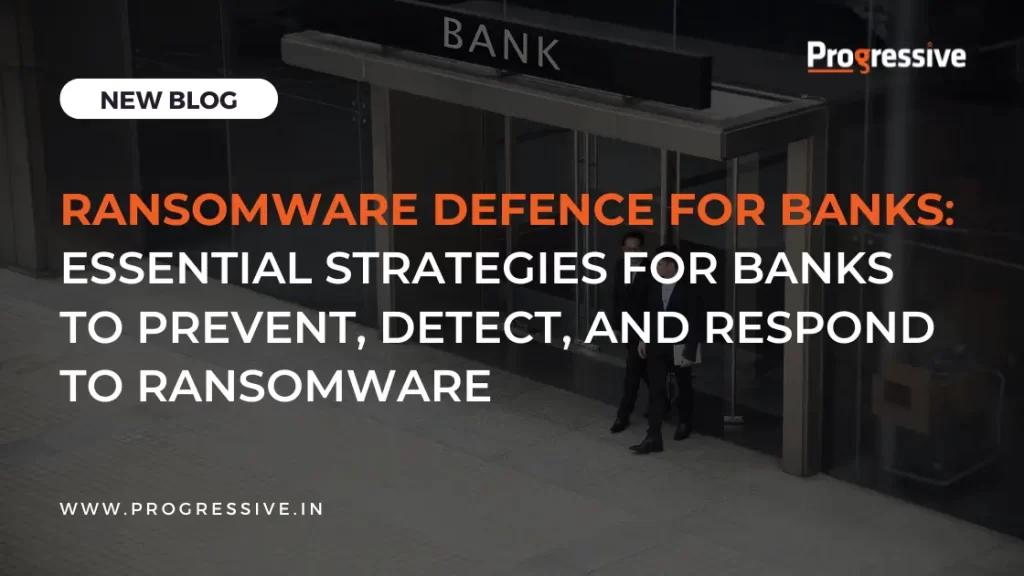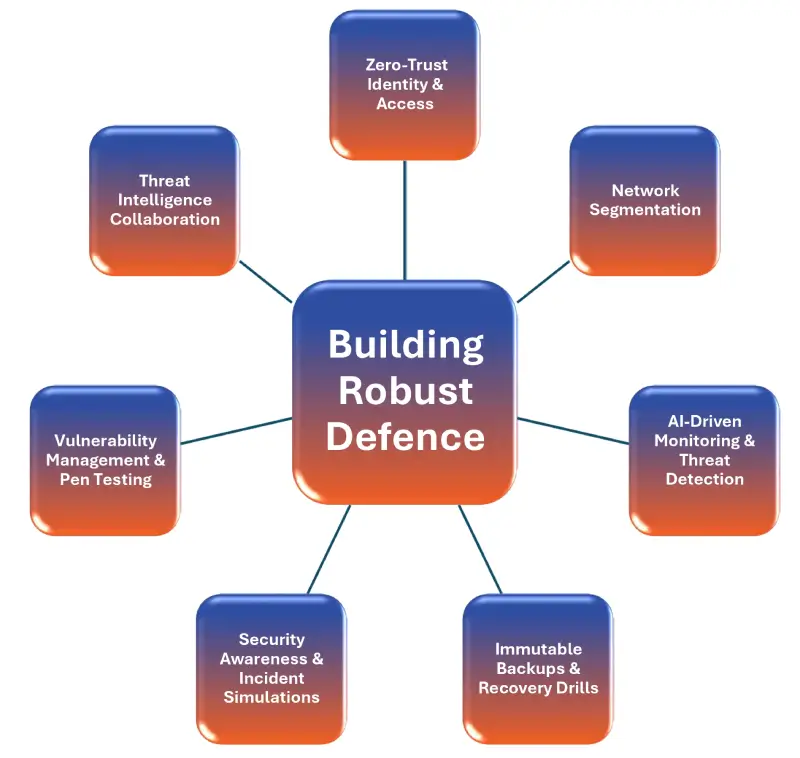
In recent years, banks have found themselves squarely in the crosshairs of ransomware gangs. What began as opportunistic attacks on smaller businesses has evolved into highly targeted campaigns against financial institutions, where cybercriminals leverage the pressure of disrupted services and regulatory fallout to demand hefty payouts. For banking leaders, understanding the changing threat landscape—and adopting a proactive defence strategy—has never been more critical.
Real‑World Examples
Two incidents highlight the stakes:
- ICICI Bank (Jan 2025): The BASHE group claimed to have penetrated internal systems and threatened to release customer data publicly. While ICICI Bank has not confirmed any breach, the claim underscores how sophisticated threat actors can confidently target top-tier banks.
Source: India Today - Federal Bank (Dec 2024): Reports emerged that the same adversary stole over 600,000 records and demanded ransom. Although unverified, these claims illustrate a common pattern: attackers exfiltrate data before encryption to amplify their leverage.
Source: Safety Detectives
Why Banks Are Prime Targets
Banks handle vast volumes of sensitive information—personal customer data, transaction records, and payment credentials. Beyond data, banks’ reliance on digital services means outages (ATM failures, online banking disruptions) can quickly escalate into reputational crises and regulatory inquiries. Cybercriminals understand this dynamic and exploit it, knowing banks face immense pressure to restore operations swiftly.
Anatomy of a Ransomware Attack
A modern bank ransomware campaign often plays out in stages:

Infiltration: Initial Access Brokers (IABs) sell stolen credentials on dark web markets, or attackers use spear‑phishing campaigns to trick employees into opening malicious attachments.
Lateral Movement: Once inside, threat actors leverage legitimate tools (PowerShell, WMI) to navigate the network without raising alarms.
Data Exfiltration: Before encrypting systems, attackers quietly copy sensitive files—setting the stage for double extortion by threatening to leak data publicly.
Encryption & Extortion: With backups identified and sometimes disabled, attackers encrypt systems and present ransom demands. In some cases, they even threaten partners or regulators (triple extortion) to maximize pressure.
The Fallout: Operational, Financial, Reputational
When ransomware strikes, banks contend with:
- Operational Downtime: Branch and ATM outages damage customer trust and incur direct revenue losses.
- Regulatory Scrutiny: Mandatory breach notifications under RBI guidelines, GDPR (EU), and GLBA (US) can trigger audits and fines.
- Financial Burden: In addition to ransom payments, banks face remediation costs, legal fees, and potential class‑action lawsuits.
- Reputation Erosion: News of a breach can lead to customer churn and a lasting hit to brand credibility.
Building a Robust Defence
To stay ahead of ransomware threats, banks should implement a layered security approach:

1. Zero‑Trust Identity & Access
Enforce multi‑factor authentication (MFA) and strict least‑privilege policies. Continuously monitor and verify every access request.
2. Network Segmentation
Partition networks to contain breaches. Use micro‑segmentation around high‑value assets—ensuring that if attackers gain a foothold, their lateral movement is restricted.
3. AI‑Driven Monitoring & Threat Detection
Deploy SIEM and XDR platforms with behaviour‑based analytics. Proactive threat hunting can unearth living‑off‑the‑land techniques before damage occurs.
4. Immutable Backups & Recovery Drills
Maintain offline, air‑gapped backups that attackers cannot alter. Regularly test restore procedures to guarantee quick recovery.
5. Security Awareness & Incident Simulations
Train employees with realistic phishing exercises. Run tabletop and live‑fire drills to align IT, legal, and communications teams on response protocols.
6. Vulnerability Management & Pen Testing
Adopt a rigorous patch management process and conduct periodic VAPT engagements to discover and remediate weaknesses.
7. Threat Intelligence Collaboration
Subscribe to real‑time threat feeds and share anonymized indicators with industry peers and regulatory bodies to raise collective defences.
Conclusion & Next Steps
Ransomware will remain an enduring challenge for banks. However, by embracing zero‑trust principles, leveraging AI‑powered detection, and ensuring resilient recovery capabilities, financial institutions can significantly reduce their attack surface and response times.
Next Steps:
- Conduct a ransomware readiness assessment.
- Implement zero‑trust and micro‑segmentation controls.
- Schedule quarterly incident response exercises.
Partner with Progressive Infotech to develop a tailored, end‑to‑end ransomware defence strategy—ensuring your bank remains secure, compliant, and resilient in the face of evolving threats.